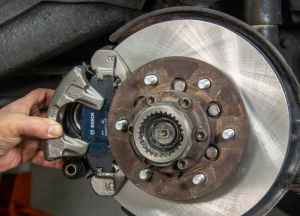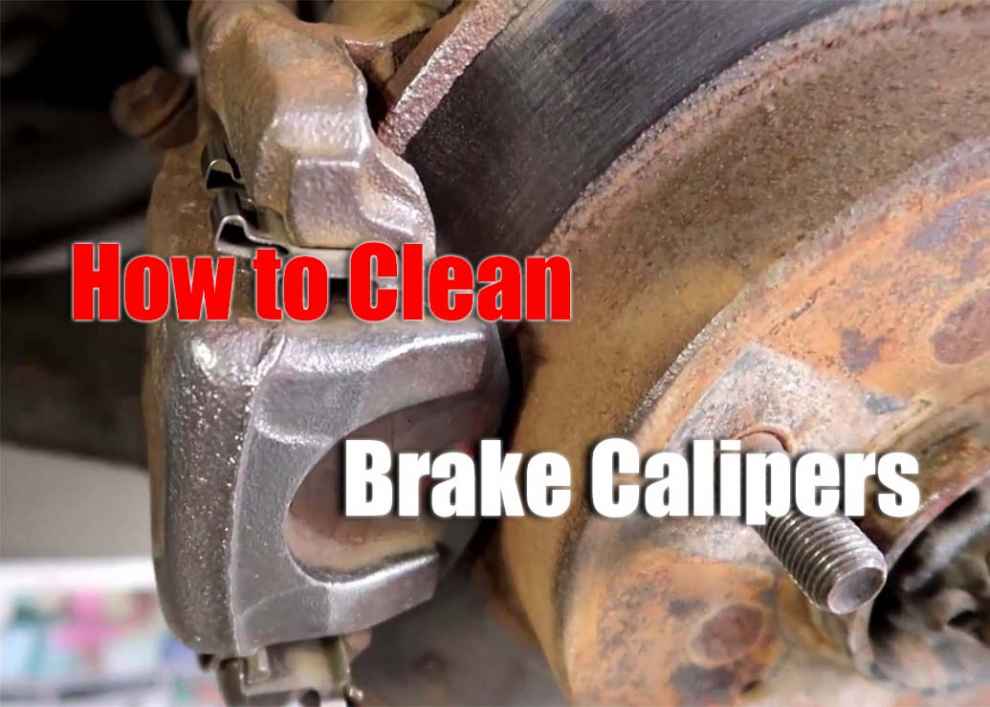The brake caliper is one of the most important components of your car’s braking system. It houses the brake pads, which press against the rotors to slow down or stop your car. Over time, the surface of your brake calipers can get caked with dirt and rust, leading to reduced performance and even complete failure in extreme cases. Fortunately, with some basic cleaning supplies and a few simple steps, you can keep your brake calipers clean and in top condition for optimal performance.
What You Need for Cleaning Brake Calipers
Before you begin cleaning your brake calipers, it’s important to gather all of the necessary tools and supplies. You’ll need a brush (preferably an old toothbrush), some degreaser or solvent-based cleaner, a jack or jack stand (if necessary), rags or paper towels to wipe away any excess grime from the surface of the caliper, masking tape (for covering sensors), adjustable wrench or socket set for removing bolts and screws from the rotor area, and a torque wrench if reinstalling bolts/screws after cleaning.
Steps for Cleaning the Brake Caliper and Rotor Area
The first step in cleaning your brake calipers is to lift the car up slightly (using a jack or jack stand, if necessary). This will give you a better view of the brakes and make it easier to access the caliper and rotor. Once you have enough room to work, use your brush to scrape away any dirt and grime from the surface of the caliper. Once you’ve removed as much debris as possible, use some degreaser or solvent-based cleaner and a rag or paper towel to remove any residual residue from the surface. Wipe away all excess cleaner before moving on.
Steps for Removing and Reinstalling the Brake Caliper

Bleeding and Flushing the System
Once you’ve finished cleaning and reinstalling your brake calipers, it’s a good idea to perform a brake flush on your car’s system. This will get rid of any air bubbles that may have been introduced during installation/removal of the caliper, as well as any old brake fluid that may have built up inside the lines. To do this, simply attach a bleeder valve (which comes with most brake flushing kits) to each wheel in turn and pump out old fluid until fresh fluid runs out from the valve.
Tips and Troubleshooting
When it comes time to clean your brakes, there are several tips you should follow for optimal results:
- Always wear some form of eye protection when working near brakes or other moving components – debris can kick up at any time!
- Pay close attention when removing/installing bolts/screws from brake components, as over-tightening can cause damage and decreased performance.
- Be sure to use the correct tools for each job – flathead and Phillips screwdrivers work best for removing screws, while adjustable wrenches or socket sets are best for removing bolts.
If you encounter any problems during the cleaning process, it’s best to err on the side of caution and take your car to a professional mechanic or brake specialist. They will be able to diagnose potential issues with your brakes and make recommendations on how to proceed.
Conclusion
When it comes time to clean your car’s brake calipers, it pays to be thorough. With some basic tools and supplies, as well as a bit of patience, you can ensure that all of your brakes will be in top condition for optimal braking performance. Additionally, always remember the importance of safety when working near moving components such as brakes – wearing protective gear and taking care with each step is key to avoiding accidents or injury!

Add Comment